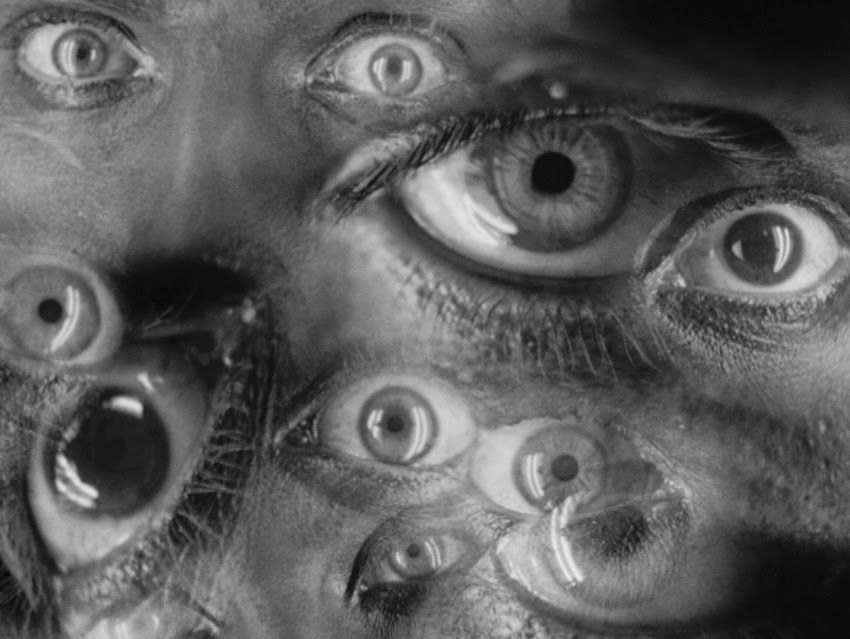In the July 2018 issue of The Baffler, film writer Nick Pinkerton examines depictions of surveillance in cinema, paying particular attention to Fritz Lang’s 1960 film The Thousand Eyes of Dr. Mabuse. Here’s an excerpt:
In The Thousand Eyes of Dr. Mabuse, the modernity of the surveillance material is especially striking, for the film has a way of seeming at once of its moment and entirely out-of-step with popular cinema as it existed at the beginning of the 1960s. From Germany to France to America and back again, Lang remained very much unwavering in his style and method, approaching each film as an opportunity to erect a grand new architectonic structure that could contain and constrain his characters, even as the language, the fashions, and the technology changed. The film was to be Lang’s last, his third for the Polish-born producer Artur Brauner, who had lured his favorite director back to newly flush West Germany with the promise of prestige and a total autonomy he had long ago ceased to enjoy in his adoptive home of Hollywood. Mabuse, however, was far from done: in the 1960s Brauner produced five more Mabuse films of varying quality. This is, after a fashion, wholly appropriate. Mabuse, as it is uncovered in Lang’s swansong, was not one man, the same crime capo who croaked back in 1933, but a concept, a mantle to be passed along among imitators who take their inspiration from the Doctor’s aspiration to inaugurate a universal reign of criminality. He was, then, ineradicable, as impossible to vanquish as the systemized world that he was master of and that Fritz Lang delineated the operations of, the world where we are all forever in the crosshairs of a thousand unblinking electric eyes, never resting and never, ever switched off.
Image: Still from The Thousand Eyes of Dr. Mabuse (1960), dir. Fritz Lang,
